VET APPROVED

The information is current and up-to-date in accordance with the latest veterinarian research.
Learn more »Click to Skip Ahead
Cats are one of the most beloved pets in the world, and over the years, breeders have created many different breeds, each with unique characteristics. Among these breeds are hairless cats, known for their distinctive appearance of having no or almost no hair on their bodies. Hairless cats are often the subject of curiosity, and many people wonder why they exist. The simple answer is that hairless cats exist due to a genetic mutation that occurs naturally. But hairless cat breeds exist because breeders started creating them in the 1950s. Keep reading while we dig in and find out more about the answer to this question and look into the breeding practices that led to the development of these unique cats.

Origins of Hairless Cats
Hairless cats exist today because breeders found naturally occurring ones and bred them with other cats to create a new breed of hairless cats. They found the first hairless cat in the early 1960s in a litter of otherwise normal cats in Canada. The kitten was named Prune, and her offspring were also hairless, but they didn’t recognize it as something they could develop into a breed. In the 1970s, breeders discovered more hairless kittens in Minnesota, USA, which they thought was also a genetic mutation. They began breeding it with other cats, and it became the Sphynx, which is still one of the most popular hairless breeds.
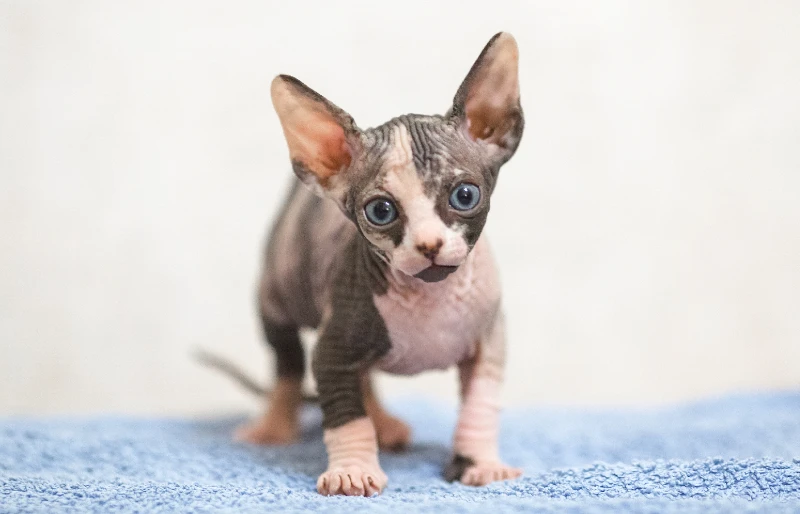

Breeding Practices
Breeding hairless cats is a complex and controversial practice involving much genetic manipulation. Breeders use various techniques to produce hairless cats, including selective breeding, inbreeding, and genetic testing.
Selective Breeding
Selective breeding is the process of choosing certain cats with desirable traits and breeding them together to create offspring with those same traits. For example, in the case of hairless cats, breeders select cats with hairless characteristics and breed them together to produce more hairless cats.
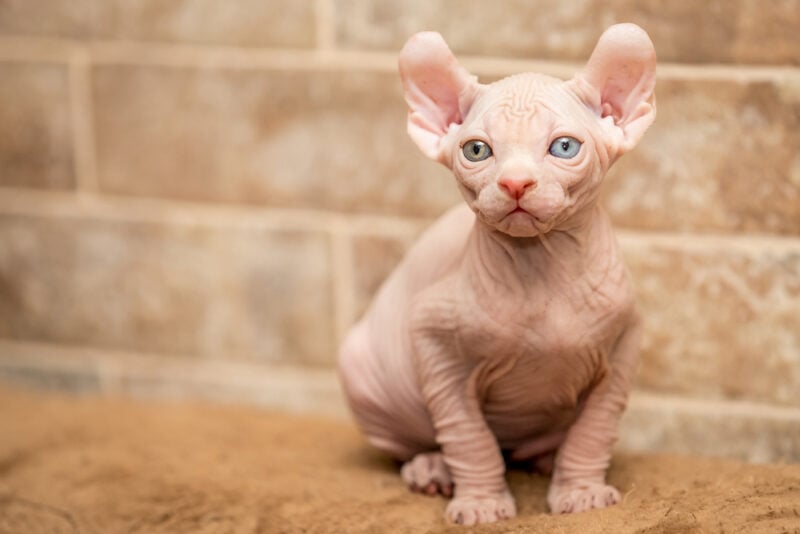
Inbreeding
Inbreeding is the practice of breeding closely related cats together to strengthen desirable traits and create a more uniform breed. In the case of hairless cats, inbreeding produces cats with a consistent hairless appearance. However, inbreeding can also lead to genetic defects and health problems, increasing the likelihood of inherited diseases.
Genetic Testing
Genetic testing is a relatively new technique used to identify specific genes associated with certain traits or health conditions. In the case of hairless cats, breeders use genetic testing to identify cats with the hairless gene so they can selectively breed cats with the Sphynx hairless allele and avoid breeding cats that do not carry it, as some may have the Devon Rex allele. Both the Sphynx and Devon Rex allele are mutations of the same gene, but the Devon Rex allele results in curly or wavy hair rather than no hair.
Another genetic mutation causing hairlessness in cats was used to develop the Donskoy (Don Sphynx) and Peterbald breeds. This gene causes a variable expression that causes different degrees of hairlessness or hair loss in cats. Anecdotal evidence suggests that cats homozygous for this gene may experience health issues similar to feline ectodermal dysplasia, suffer poor dentition, and may have a compromised lactation. DNA testing is used to investigate and prevent these potential health issues. These cats should never be mated with Sphynx cats or with each other.
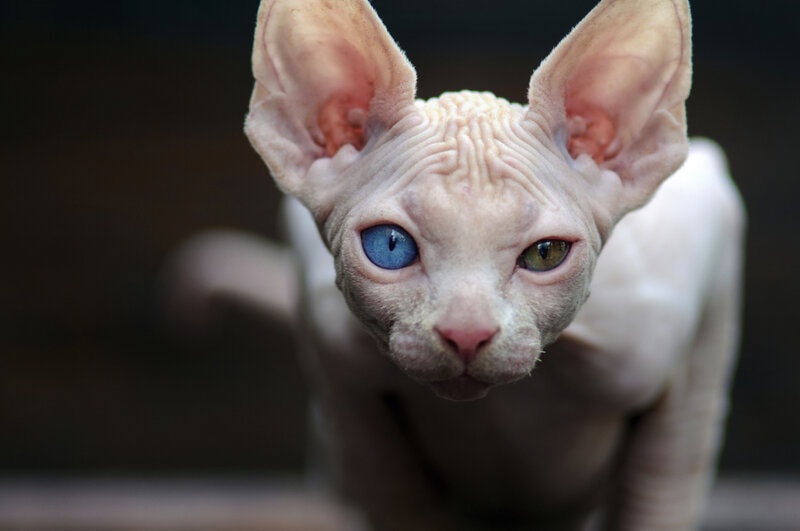

Ethical Concerns
There are many ethical concerns about breeding hairless cats just for their appearance. For example, inbreeding and selective breeding can lead to the expression of harmful recessive genes, and the cats are more susceptible to skin infections and sunburn as they lack the protective layer of fur that other cats have. Some breeders may also prioritize the cat’s appearance over its health for profit, and many argue that we shouldn’t treat cats as objects we can mold to our desire. However, many owners of these cats insist their pets live happy and fulfilling lives.
How Many Hairless Cat Breeds Exist?
There are quite a few hairless cat breeds available in 2024, including the Sphynx, Peterbald, Donskoy, Bambino, Ukrainian Levkoy, Kohana, and many others.
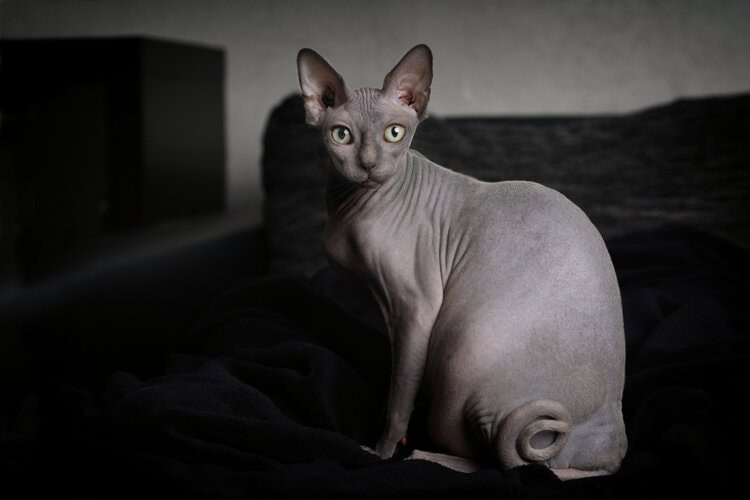
Are Hairless Cats Hypoallergenic?
While hairless cats might be more friendly to people who suffer from allergies because they won’t be leaving fur around the house, the protein that is responsible for allergies is mainly found in cats’ saliva and spread through dander, but also exists in a cat’s urine and feces. So they can still trigger an allergic reaction and are not hypoallergenic.
Can Hairless Cats Go Outside?
Unfortunately, hairless cats cannot go outside unsupervised because the lack of fur leaves them susceptible to sunburn. They can also get scratched and bruised easily and have no tolerance for warm or cold temperatures.
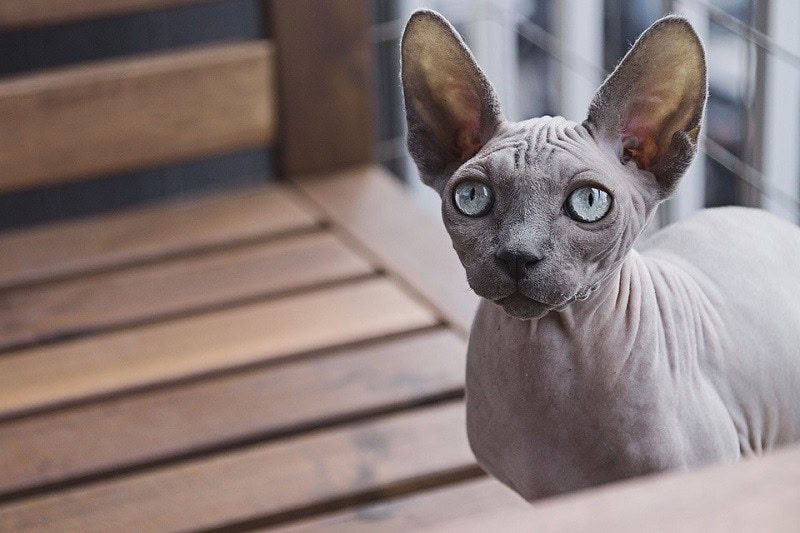
 Summary
Summary
Hairless cats exist thanks to a naturally occurring mutation, but the breeds were purposely developed by breeders, and they quickly became popular. This caused breeders to continue to look for ways to develop the characteristic in several hairless breeds. They use interbreeding, selective breeding, and genetic testing to find suitable cats, and many new breeds exist today because of their work, including the Sphynx, Peterbald, and Kohana. While many hairless cat owners insist their pets are healthy and happy, many concerns surround their creation. Inbreeding and selective breeding can lead to several associated health problems, and the demand for hairless cats could lead to the creation of designer cats for profit.
Featured Image Credit: Peterpancake, Shutterstock
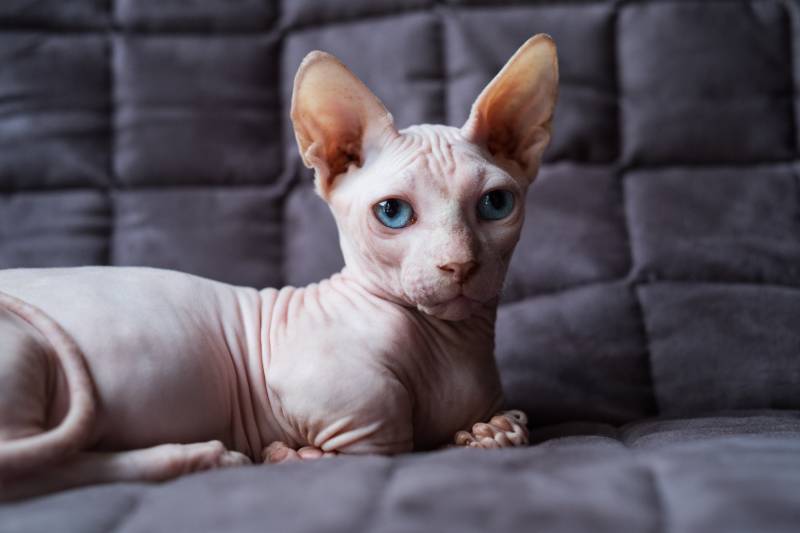





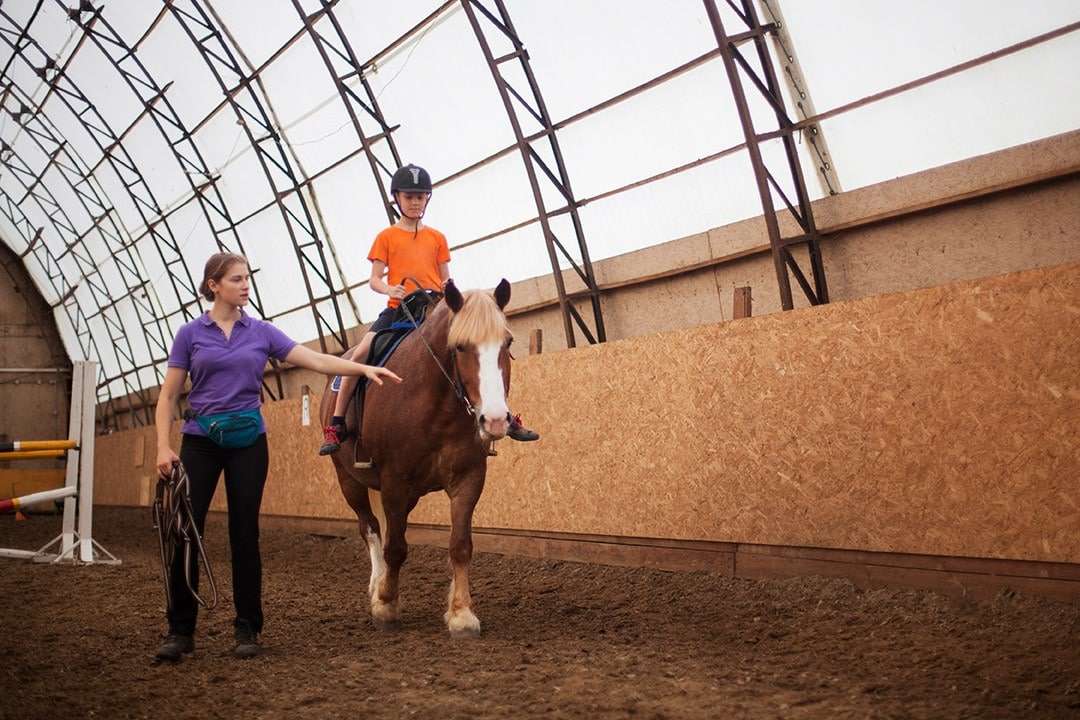
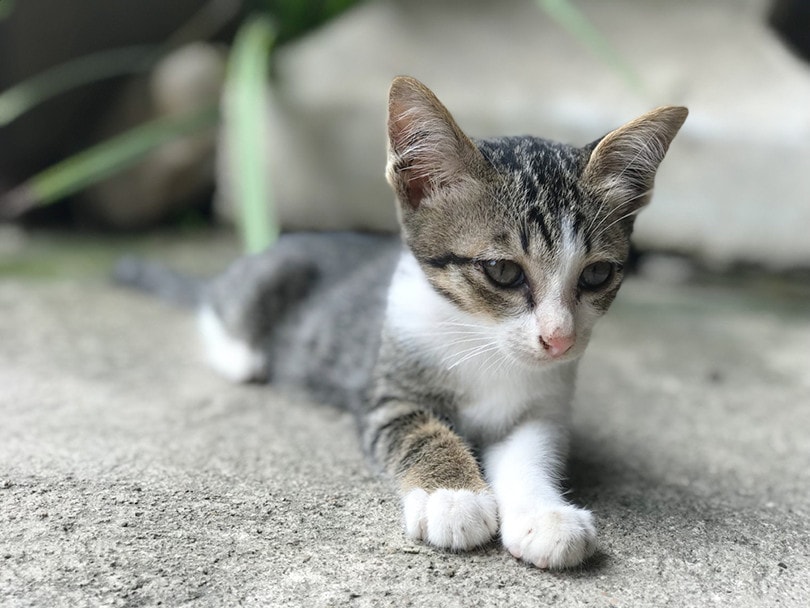




2 Responses
Thanks for the insightful post! I learned a lot about hairless cats and their origins. The explanation of their unique traits and ethical considerations was especially helpful!
Hello!
Thank you very much for your lovely feedback. We are always happy when someone finds our article informative and helpful.